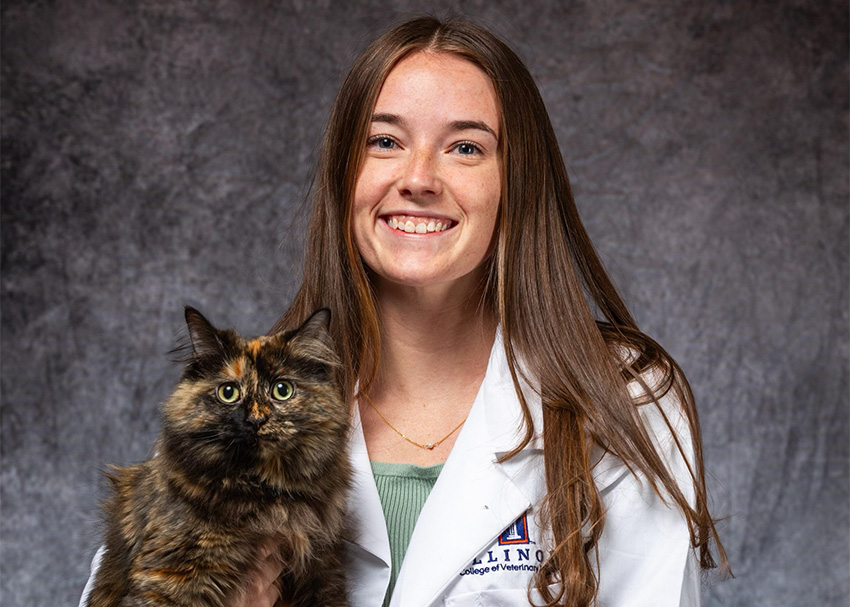Most horses will experience a corneal ulcer
Coming out to the barn and finding your horse squinting and excessively tearing from one eye is enough to cause any horse owner to worry. Injuries to the eye and surrounding areas of the head and face are relatively common in horses due to their inquisitive nature and their interactions with each other and with the structures around them such as stable doors, fence posts, trees, and water troughs.
Corneal ulcers, or abrasions to the surface of the eye, are one of the most common ophthalmic conditions equine practitioners see in the field. Some are simple scratches that heal quickly, while others become more complex, involving bacterial or fungal infections that take much longer to heal. Regardless of their severity, they all must be managed appropriately with your veterinarian to prevent/treat infection, control pain, and speed healing.
Signs of Corneal Ulcers
The earliest signs that your horse might be suffering from a corneal ulcer are squinting, excessive tearing, and avoidance of bright light. Any injury to the eye is painful and irritating, so horses commonly continue to rub the eye and can cause further damage, leading to swollen eyelids and very red conjunctiva (tissue around the eye under the eyelids).
Because the eye is painful, the pupil of the affected eye will also be very small, regardless of the amount of ambient light. During the early stages of inflammation, the eye may develop a blue hue around the corneal ulcer, which is a sign of corneal edema (fluid accumulation).
The majority of corneal ulcers are superficial and normally heal in 3 to 7 days. However, horses are more likely than other domestic species to acquire corneal infections, and these infections lengthen healing time as well as threaten the overall health of the eye. Signs of corneal infection include discoloration or increased cloudiness of the eye, increased pain, increased corneal edema (blue color), small corneal blood vessels becoming visible, and non-responsiveness to medical therapy.
Get Veterinary Input on Corneal Ulcers
Because of this increased risk of infection, it is important to contact your veterinarian whenever you suspect that your horse is suffering from a corneal ulcer. Your veterinarian will work with you to develop a treatment plan that is best for your horse. While you are waiting for your veterinarian to arrive, these are the steps you can take to help make your horse more comfortable in the meantime:
- Do not put anything in the eye: If there is an infection in the eye, eye ointments containing steroids will actually make the infection worse, so refrain from “pre-treating” the eye before your veterinarian can evaluate it.
- Protect the face and eye from further trauma: Monitor your horse and make sure he or she is not rubbing it while you wait. If your horse is used to wearing a fly mask, that can be used to further protect the eye.
- Keep your horse in a stall with the lights off: Bright light can be irritating to horses with corneal ulcers, so keeping them quiet in a dark stall can help decrease their discomfort.
Most horses will experience a corneal ulcer during their lifetime. When you know what to look for and what to do, these occasions will be less stressful on you and your horse. Your veterinarian will be able to create a management plan that will get your horse feeling better and you back in the saddle as soon as possible.

![[corneal ulcers - horses]](https://vetmed.illinois.edu/wp-content/uploads/2021/04/sb-kooy-eyes.jpg)


